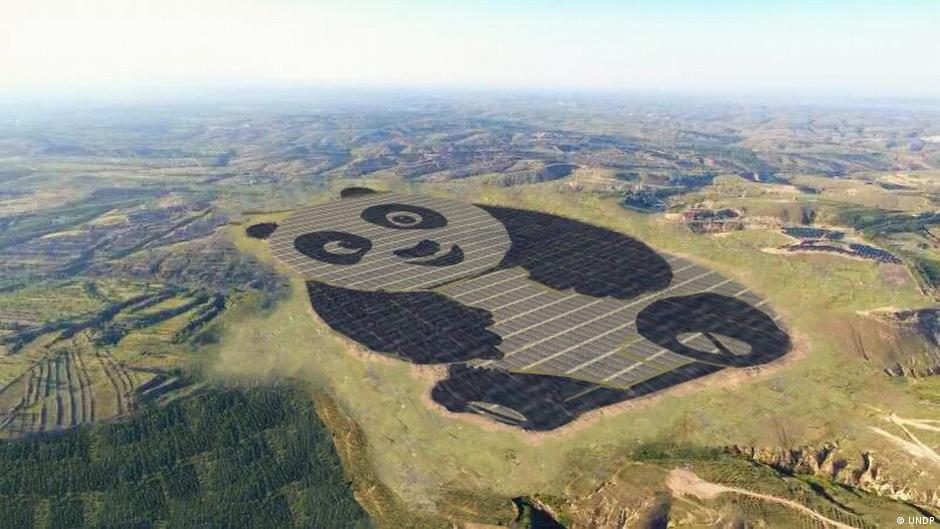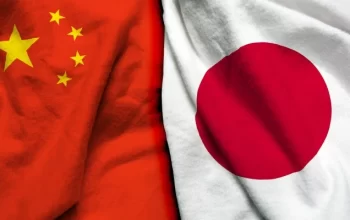China’s expanding clean energy powerhouse has drawn global attention, yet despite its massive investments in solar, wind, and electric technology, the nation remains hesitant to take on a clear leadership role in global climate action. This contradiction—between being a clean-energy giant and a reluctant climate leader—defines much of today’s conversation about China’s environmental strategy. The push-and-pull between domestic progress and international expectations reveals a deeper complexity behind China’s climate agenda.
A Contradiction at the Center of China’s Climate Strategy
China’s clean energy progress is undeniable. The country produces more solar panels than any other nation, dominates the global electric vehicle market, and installs wind power capacity at record speed. Yet, when it comes to shaping global climate policy, China often adopts a cautious stance. This reluctance stems from a desire to balance economic development with environmental commitments, while also maintaining political control and geopolitical leverage.
Beijing’s officials frequently argue that China is still a “developing nation,” which shapes its view of international responsibility. While the country leads the world in manufacturing renewable technologies, it still relies heavily on coal—creating a dual identity as both a climate innovator and a top emitter.
A Clean Energy Empire Built for Domestic Needs
Much of China’s clean energy expansion has been driven by domestic priorities rather than global obligations. The country faces severe pollution problems, rising energy demand, and pressure to modernize its industrial base. Renewable energy helps reduce reliance on imported fossil fuels, strengthens energy security, and supports China’s ambition to dominate the industries of the future.
China’s national strategy funnels enormous resources into solar panel production, battery technology, large-scale hydropower, and next-generation nuclear reactors. These investments have accelerated the global shift toward green technologies, reducing costs worldwide. However, Beijing’s focus has been on internal development rather than leading collective global action.
Why China Hesitates to Lead Global Climate Action
Although China positions itself as a champion of green technology, several factors contribute to its cautious approach to global climate leadership:
1. Economic Priorities Still Dominate
Coal remains a backbone of China’s economy. Millions of jobs depend on the fossil fuel sector, and abrupt transitions could create economic instability. For this reason, China continues to approve new coal plants even while expanding renewable energy.
2. Geopolitical Strategy
Climate leadership often requires transparency, cooperation, and shared accountability—areas where Beijing prefers strategic ambiguity. The Chinese government is unwilling to limit itself through international agreements that might constrain national policy or weaken geopolitical leverage.
3. Developing Nation Status
China insists that wealthy nations bear the greatest burden of climate action due to their historical emissions. This stance allows Beijing to set its own pace rather than follow global expectations.
4. Energy Security Concerns
Rapid industrialization demands steady, reliable power. Renewable energy, while growing fast, still faces storage and grid challenges that China has not fully resolved.
Global Implications of China’s Reluctance
This reluctance has consequences far beyond China’s borders. As the world’s largest emitter and the most influential clean energy manufacturer, China’s decisions influence global carbon trajectories. When China slows down, the global climate agenda slows with it.
International negotiations often hinge on China’s participation and commitment. While Beijing has pledged carbon neutrality by 2060 and aims to peak emissions by 2030, the global community remains skeptical. The gap between promise and action continues to raise questions about China’s long-term intentions.
A Complex Balancing Act
China’s clean energy growth is both a triumph and a challenge. The country has helped drive down the price of renewable technologies, making them accessible worldwide. Yet its dependence on coal and its deliberate pace in global climate diplomacy create friction.
Even as China builds more solar farms and EV factories, it still struggles with the political and economic risks of fully embracing climate leadership. The balancing act between domestic priorities and international expectations will continue to shape China’s role in the global climate landscape.
Conclusion
China’s rising clean energy empire places it at the center of the global environmental conversation. However, its reluctance to fully lead global climate action exposes the tension between innovation and responsibility. Whether Beijing chooses to step into a more assertive leadership role—or maintain its cautious stance—will be one of the most defining questions in the future of climate policy.



